Join forces with other enthusiasts with passion for space and innovation to develop new business ideas at the Copernicus Hackathon. Visit https://goo.gl/
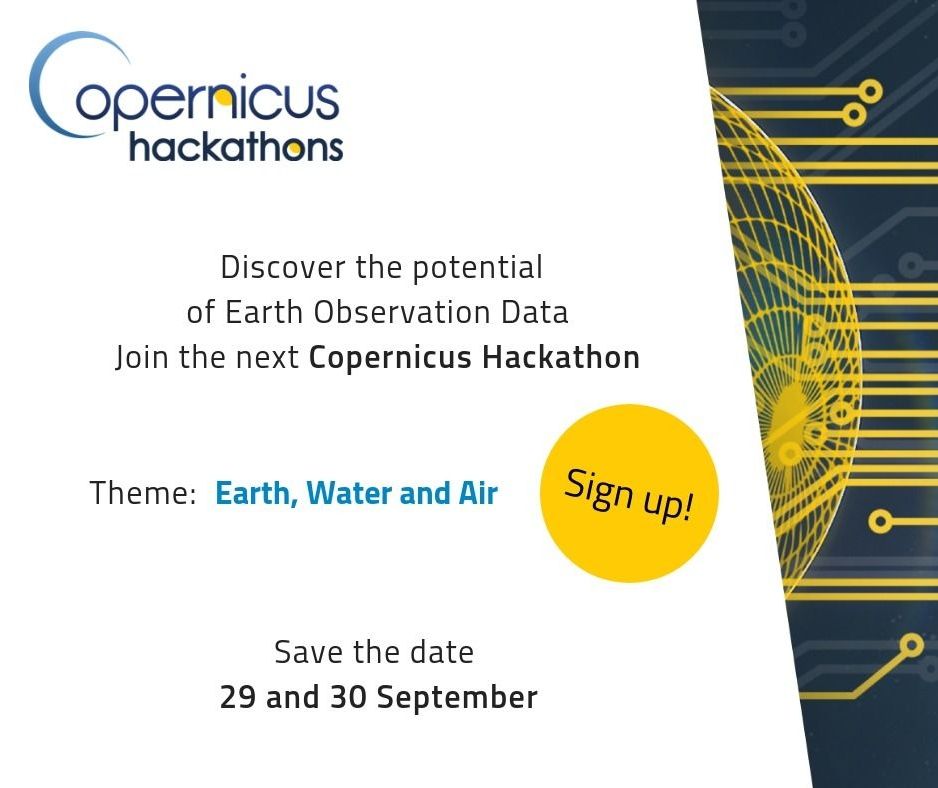

Join forces with other enthusiasts with passion for space and innovation to develop new business ideas at the Copernicus Hackathon. Visit https://goo.gl/
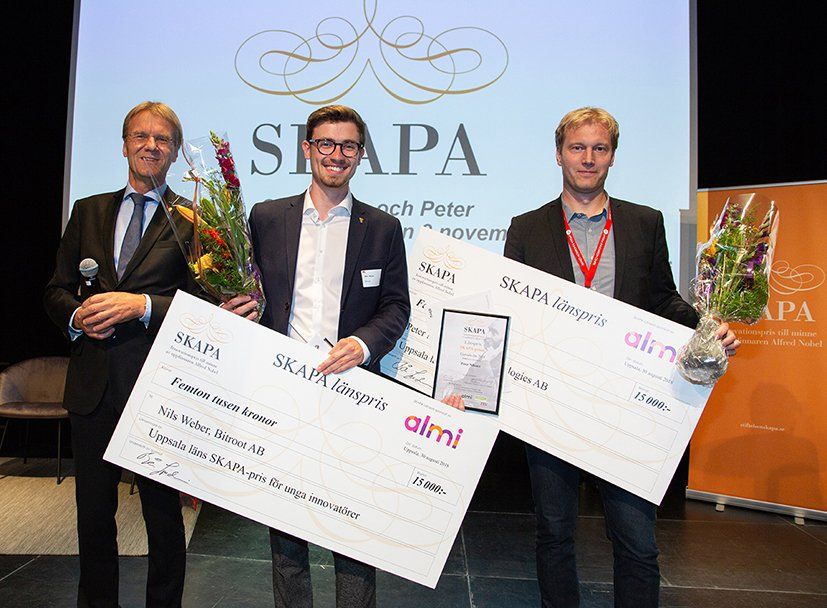
I samband med UIC-dagen den 30 augusti delade Uppsala läns landshövding Göran Enander och Almi Uppsalas vd Bengt-Åke Ljudén ut två regionala SKAPA-priser som går till framstående innovatörer i länet. I år gick båda priserna till UIC-företagare. Peter Nilsson på APR Technologies tilldelades SKAPA-priset, och SKAPA-priset för unga innovatörer gick till Nils Weber på Bitroot.
SKAPA är Sveriges största innovationspris och delas ut till minne av Alfred Nobel. Priset syftar till att ge stöd åt innovatörer så att de kan utveckla sina uppfinningar till produkter och tjänster på marknaden.
Årets vinnare av SKAPA-priset för Uppsala län blev Peter Nilsson på UIC-bolaget APR Technologies som har utvecklat smarta och effektiva elektro hydrodynamiska pumpar för temperaturreglering. Innovationen Micro Thermal Regulator är en patenterad produkt som exempelvis kommer kunna tillämpas inom rymdindustrin. APR Technologies ingår i rymdinkubatorn ESA BIC Sweden som UIC driver tillsammans med Arctic Business Incubator i Luleå och Innovatum i Trollhättan.
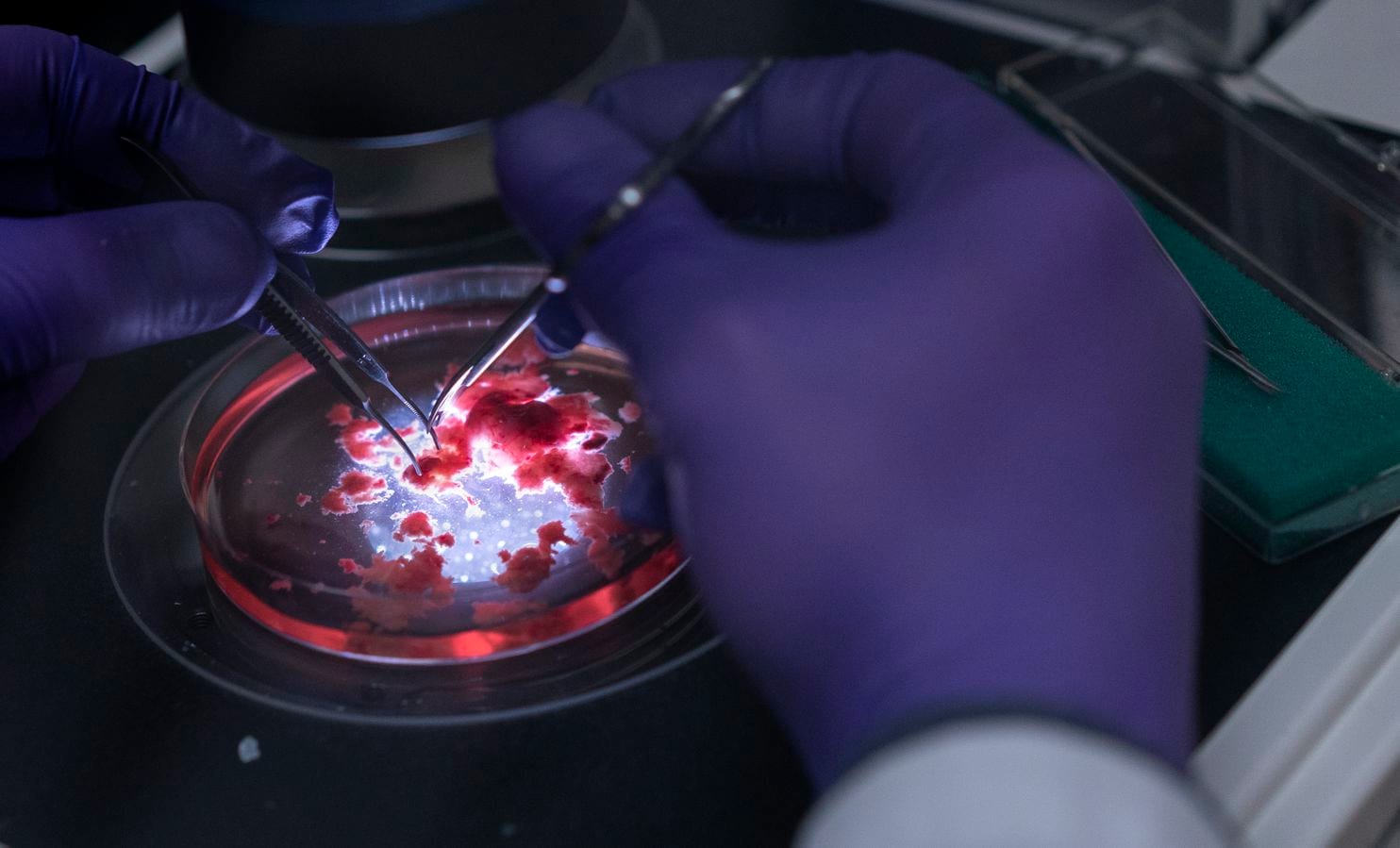
At the moment, minibrains are far from anything approaching moral personhood in a dish, and the technology may never come close. But the rapid pace of progress on organoids has led scientists and ethicists to call for a public ethical discussion that can move in tandem with the research.
Human ‘minibrains’ are far from conscious, but scientists say it’s time to talk about ethics.
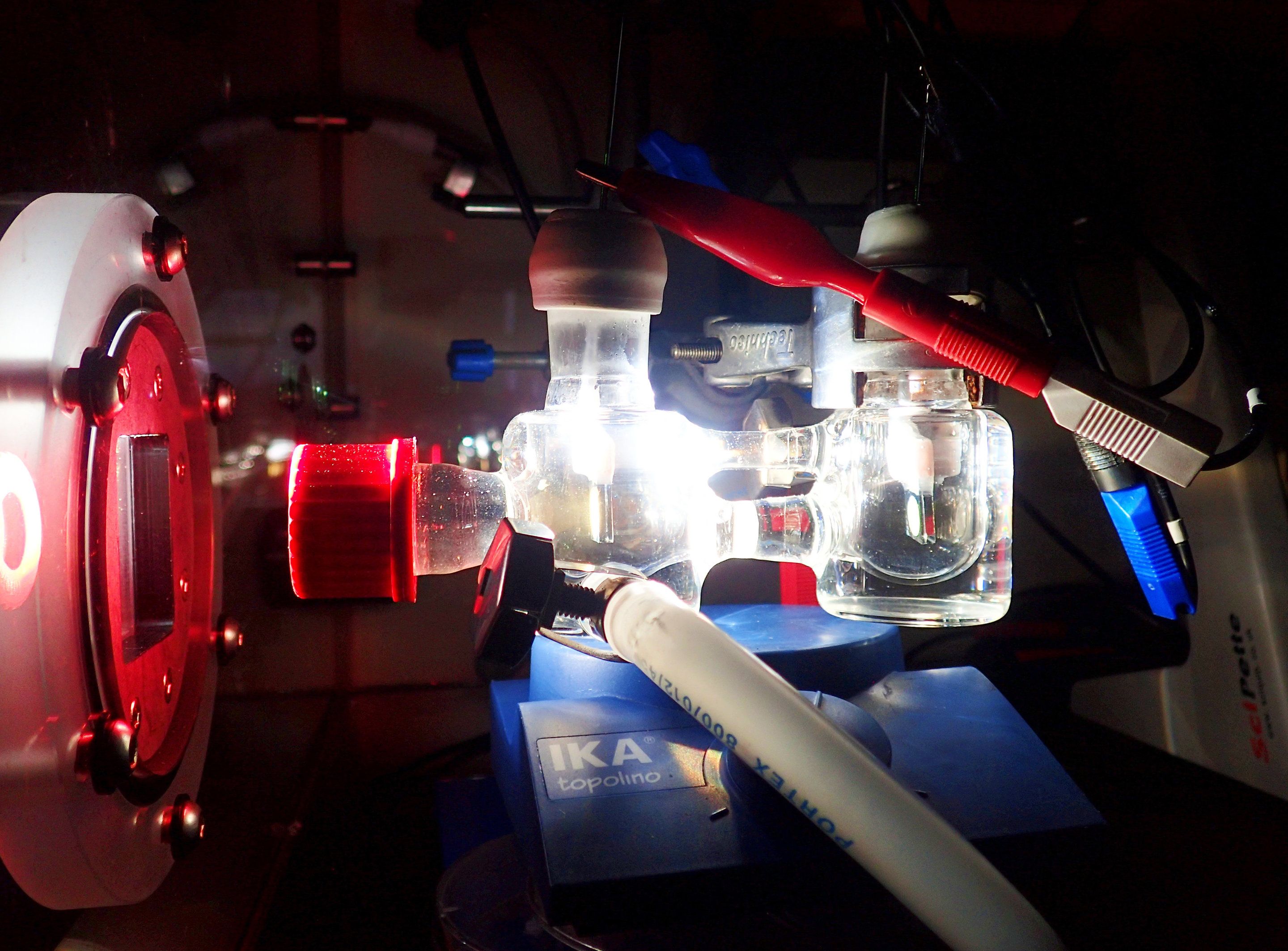
The quest to find new ways to harness solar power has taken a step forward after researchers successfully split water into hydrogen and oxygen by altering the photosynthetic machinery in plants.
Photosynthesis is the process plants use to convert sunlight into energy. Oxygen is produced as by-product of photosynthesis when the water absorbed by plants is ‘split’. It is one of the most important reactions on the planet because it is the source of nearly all of the world’s oxygen. Hydrogen which is produced when the water is split could potentially be a green and unlimited source of renewable energy.
A new study, led by academics at St John’s College, University of Cambridge, used semi-artificial photosynthesis to explore new ways to produce and store solar energy. They used natural sunlight to convert water into hydrogen and oxygen using a mixture of biological components and manmade technologies.
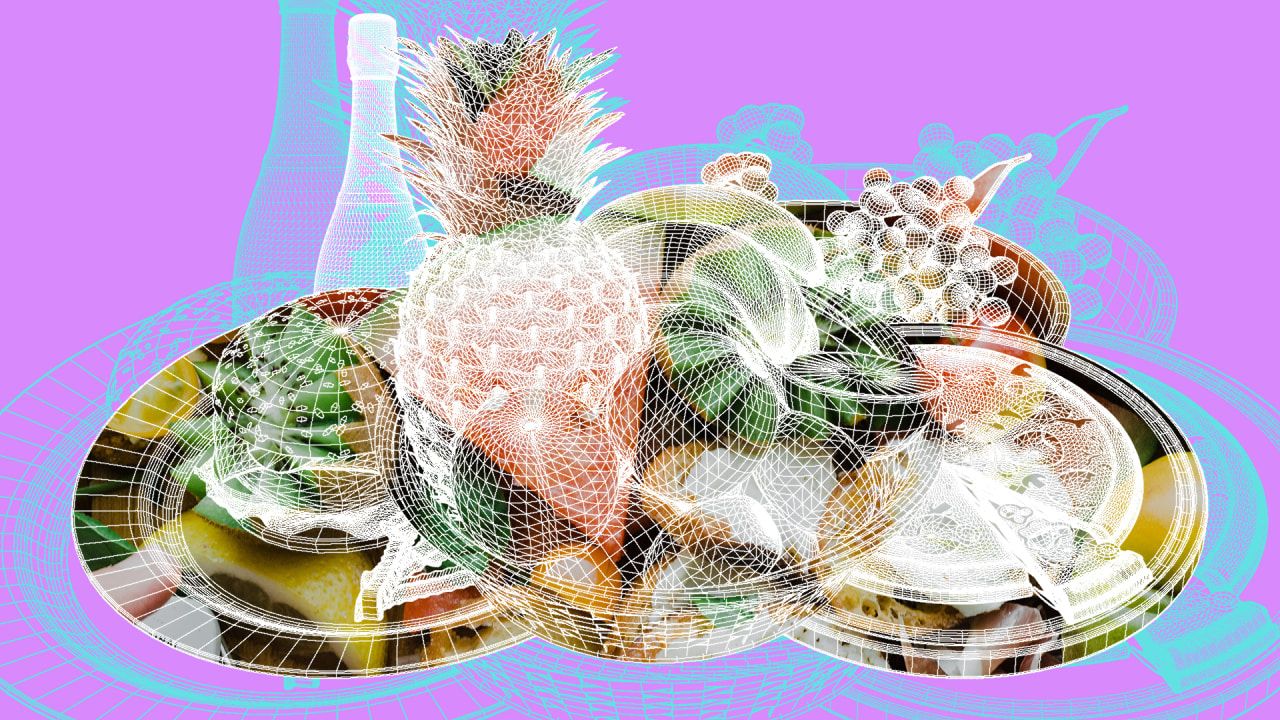
It’s the year 2038. The word “flavor” has fallen into disuse. Sugar is the new cigarettes, and we have managed to replace salt with healthy plants. We live in a society in which we eat fruit grown using genetics. We drink synthetic wine, scramble eggs that do not come from chickens, grill meat that was not taken from animals, and roast fish that never saw the sea… Here’s a futurist outlook at the next two decades of food developments, from robot farmers to 3D-printed meals to AI monitoring of your daily calorie intake.
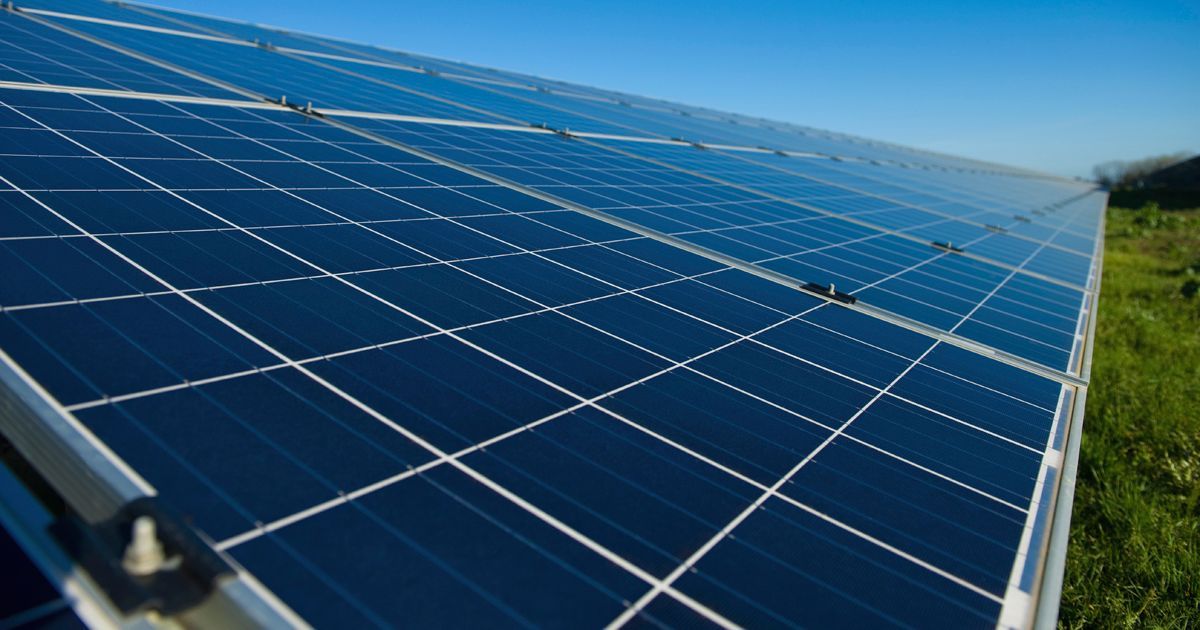
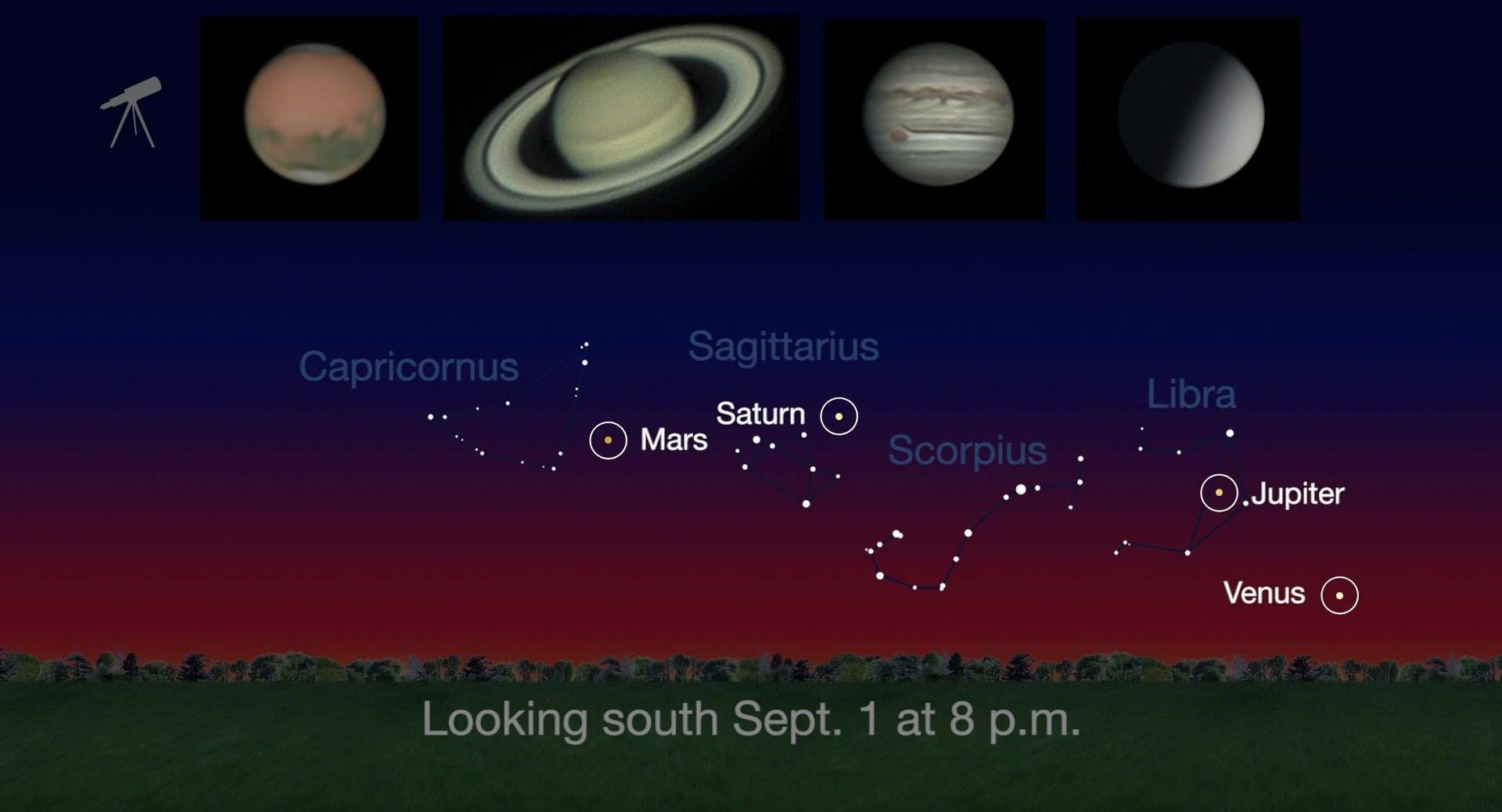
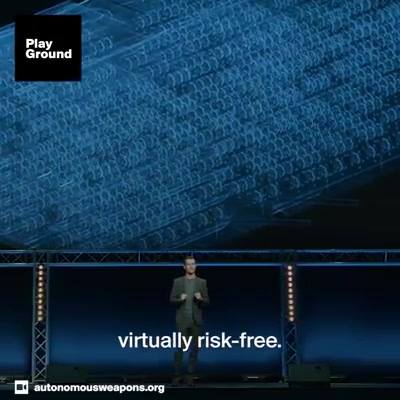
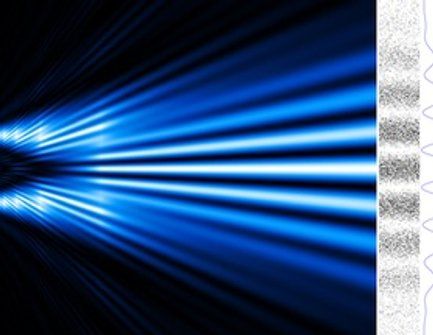
Nearly a century after its founding, physicists and philosophers still don’t know—but they’re working on it.

A new study by an international team of researchers, led by scientists from the University of Bristol, has revealed the origins and evolution of animal body plans.
Animals evolved from unicellular ancestors, diversifying into thirty or forty distinct anatomical designs. When and how these designs emerged has been the focus of debate, both on the speed of evolutionary change, and the mechanisms by which fundamental evolutionary change occurs.
Did animal body plans emerge over eons of gradual evolutionary change, as Darwin suggested, or did these designs emerge in an explosive diversification episode during the Cambrian Period, about half a billion years ago?